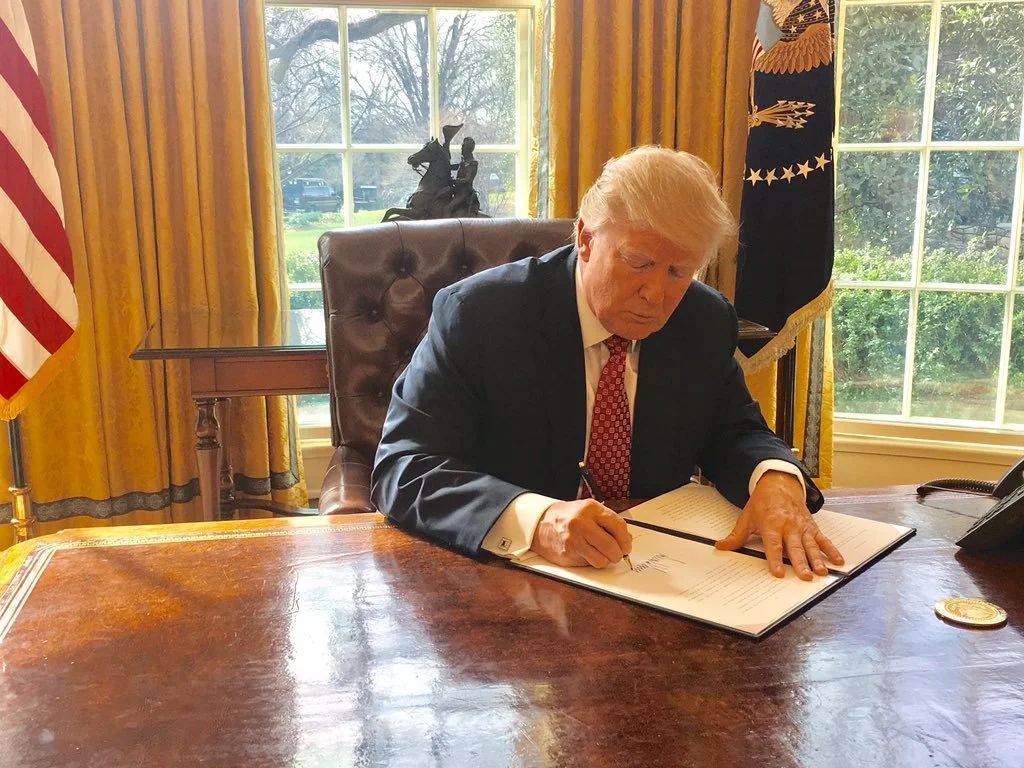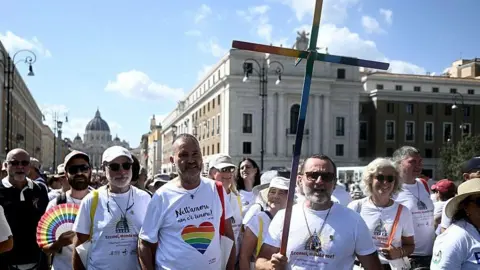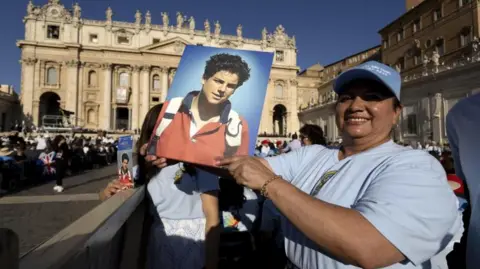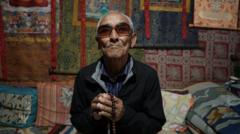The scene in Vatican City is electric after white smoke billowed from the Sistine Chapel chimney, confirming the election of a new pope on the second day of the conclave. This moment comes after the passing of Pope Francis last month, marking a pivotal transition for the world’s 1.4 billion Catholics. The identity of the newly elected pontiff has yet to be disclosed, but sources indicate that an announcement will occur shortly, as throngs of people gather in St. Peter's Square in anticipation.
The conclave, which convened with 133 cardinals, witnessed a rapid decision-making process, an impressive feat considering the diverse group that included many who had little prior acquaintance. Traditionally, these conclaves span just a few days, and recent history saw a trend of swift elections. The new pope will inherit significant challenges, particularly in navigating the future direction of the church following a legacy of inclusivity and progressive changes initiated by his predecessor.
Members of the crowd are eagerly preparing for the new pope to appear on the balcony of St. Peter's Basilica. The various flags and international faces in the audience reflect the global nature of the church. As tradition dictates, the newly minted pontiff is expected to deliver a blessing known as "Urbi et Orbi," which translates to "to the city and to the world." This moment is often influenced by the pope’s first addresses, which help shape expectations for his papacy.
The arrival of white smoke signifies much more than just a new leader; it encapsulates years of ecclesiastical history, deliberation, and hope. As the clock ticks and the public waits with bated breath, the significance of this moment resonates far beyond the walls of the Vatican, promising a new direction for the Catholic Church.
The conclave, which convened with 133 cardinals, witnessed a rapid decision-making process, an impressive feat considering the diverse group that included many who had little prior acquaintance. Traditionally, these conclaves span just a few days, and recent history saw a trend of swift elections. The new pope will inherit significant challenges, particularly in navigating the future direction of the church following a legacy of inclusivity and progressive changes initiated by his predecessor.
Members of the crowd are eagerly preparing for the new pope to appear on the balcony of St. Peter's Basilica. The various flags and international faces in the audience reflect the global nature of the church. As tradition dictates, the newly minted pontiff is expected to deliver a blessing known as "Urbi et Orbi," which translates to "to the city and to the world." This moment is often influenced by the pope’s first addresses, which help shape expectations for his papacy.
The arrival of white smoke signifies much more than just a new leader; it encapsulates years of ecclesiastical history, deliberation, and hope. As the clock ticks and the public waits with bated breath, the significance of this moment resonates far beyond the walls of the Vatican, promising a new direction for the Catholic Church.






















